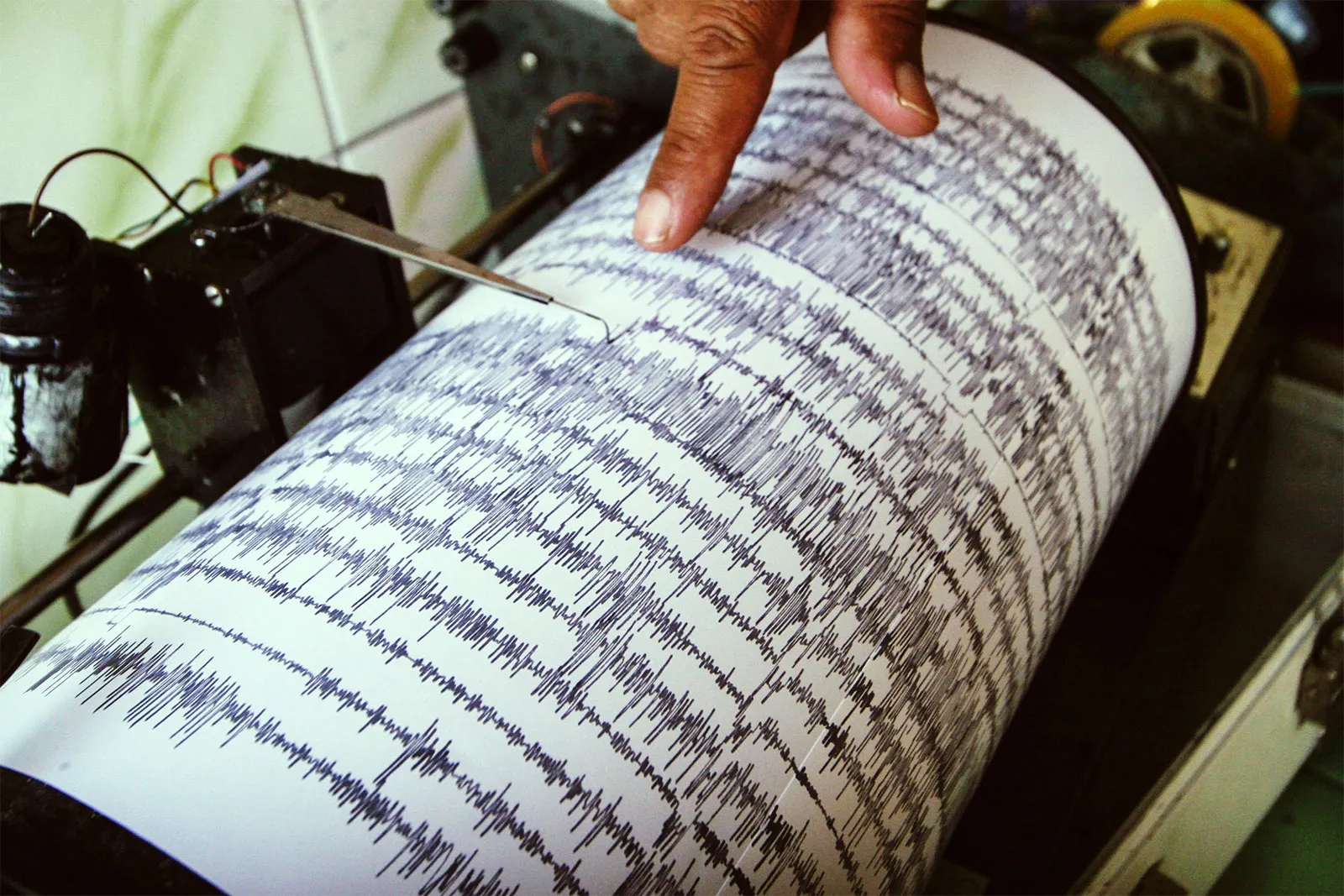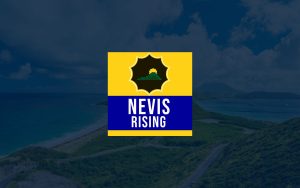Magnitude 4.6 Earthquake Strikes Near Basseterre, St. Kitts, Marking Third Seismic Event in a Week
Seismic Activity in the Eastern Caribbean: A Focus on St. Kitts
The Eastern Caribbean region, a vibrant tapestry of islands nestled between the Atlantic Ocean and the Caribbean Sea, is renowned for its stunning natural beauty, rich cultural heritage, and unfortunately, its susceptibility to seismic activity. This geological reality was brought to the forefront once again in late March 2024, when a series of earthquakes rattled the island of St. Kitts, reminding residents and authorities alike of the ever-present potential for seismic events in the region.
The most recent event, a 4.6 magnitude earthquake, struck at 12:53 am on Saturday, March 29th. Originating 81 kilometers beneath the Earth’s surface, the quake’s epicenter was located 94 kilometers northwest of Basseterre, St. Kitts’ capital city. The tremor’s location placed it in relatively close proximity to other island nations, including Saint John’s, Antigua and Barbuda, and Brades, Montserrat, though there were no immediate reports of impacts on these neighboring islands. This particular seismic event marked the third earthquake to impact the St. Kitts region within a single week, spanning from March 23rd to 29th.
Just two days prior, on Thursday, March 27th, another earthquake of identical magnitude (4.6) occurred near Basseterre. While the specific details of this earlier quake’s location and depth were not provided in the initial report, its proximity in time and magnitude to the March 29th event raises questions about potential connections or patterns in seismic activity within the area. Preceding both of these 4.6 magnitude events, a smaller, 4.0 magnitude earthquake was recorded north of Basseterre on Sunday, March 23rd. This series of earthquakes, though moderate in intensity, underscores the dynamic nature of the tectonic plates beneath the Eastern Caribbean, constantly shifting and interacting, leading to the release of energy in the form of earthquakes.
The University of the West Indies Seismic Research Centre (UWI-SRC), a leading authority on earthquake monitoring and research in the Caribbean, plays a crucial role in tracking and analyzing these seismic events. Their timely reporting provides vital information to local governments and populations, allowing for informed decision-making and preparedness strategies. The UWI-SRC, along with other experts in the field, continually emphasize the importance of earthquake preparedness throughout the Eastern Caribbean. Given the region’s inherent vulnerability to seismic activity, residents are urged to familiarize themselves with safety procedures and to have emergency plans in place. This preparedness can include securing heavy objects within homes, identifying safe spaces during an earthquake, and having emergency supplies readily available.
The clustering of earthquake activity around St. Kitts within a short timeframe prompts further investigation into the underlying geological factors. While it’s not uncommon for earthquakes to occur in sequences, understanding the specific dynamics at play in this particular instance is essential for assessing future risks. The data collected from these events will contribute to ongoing research on earthquake patterns in the Eastern Caribbean and help refine predictive models. This information is invaluable for enhancing preparedness measures and mitigating the potential impacts of future earthquakes.
The recent seismic events near St. Kitts serve as a stark reminder of the dynamic geological forces at play in the Eastern Caribbean. The frequency of these occurrences necessitates continued vigilance, public awareness, and ongoing research efforts to better understand and prepare for the inevitable earthquake activity that shapes the region. The UWI-SRC and other scientific organizations remain steadfast in their commitment to monitoring seismic activity, disseminating timely information, and promoting earthquake preparedness throughout the Caribbean, helping communities build resilience in the face of these natural hazards.
Share this content:












Post Comment